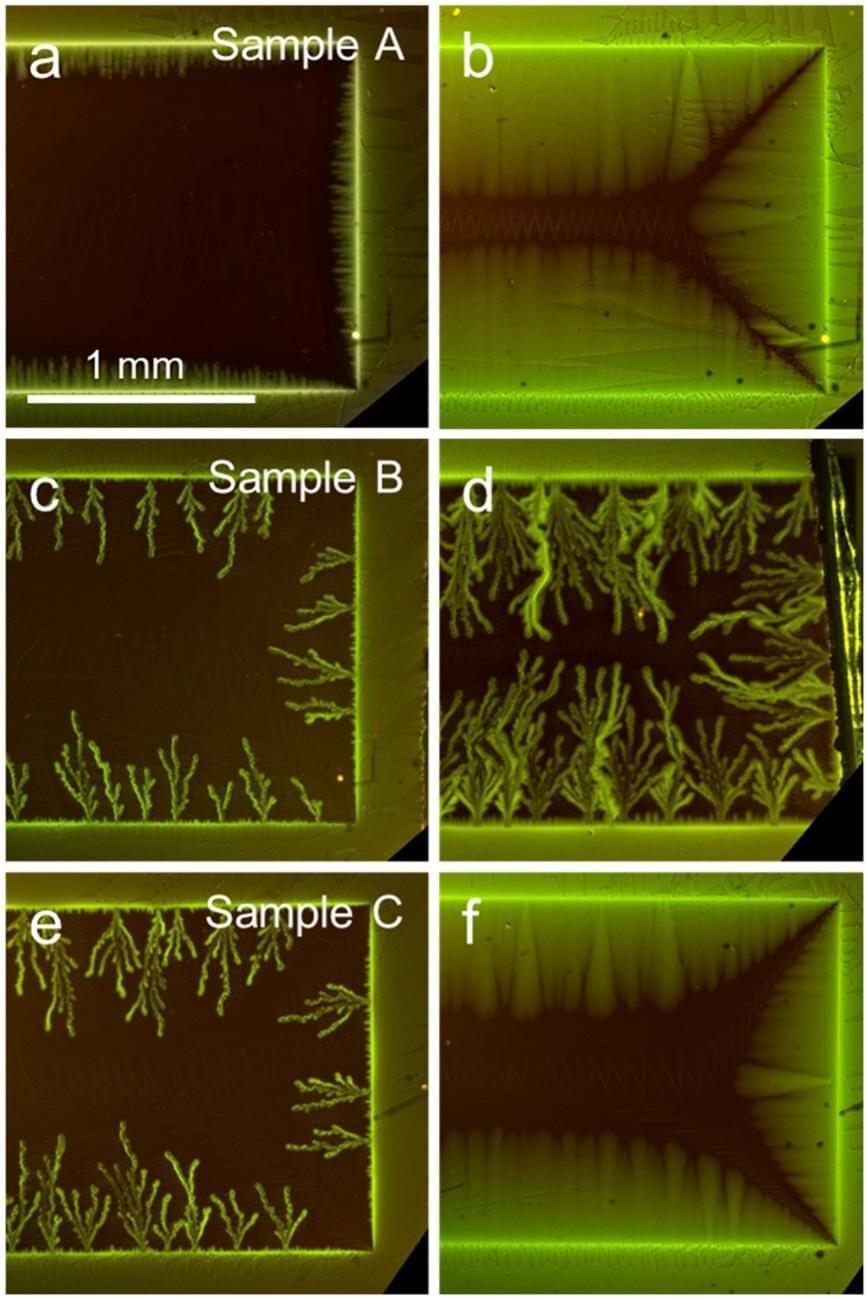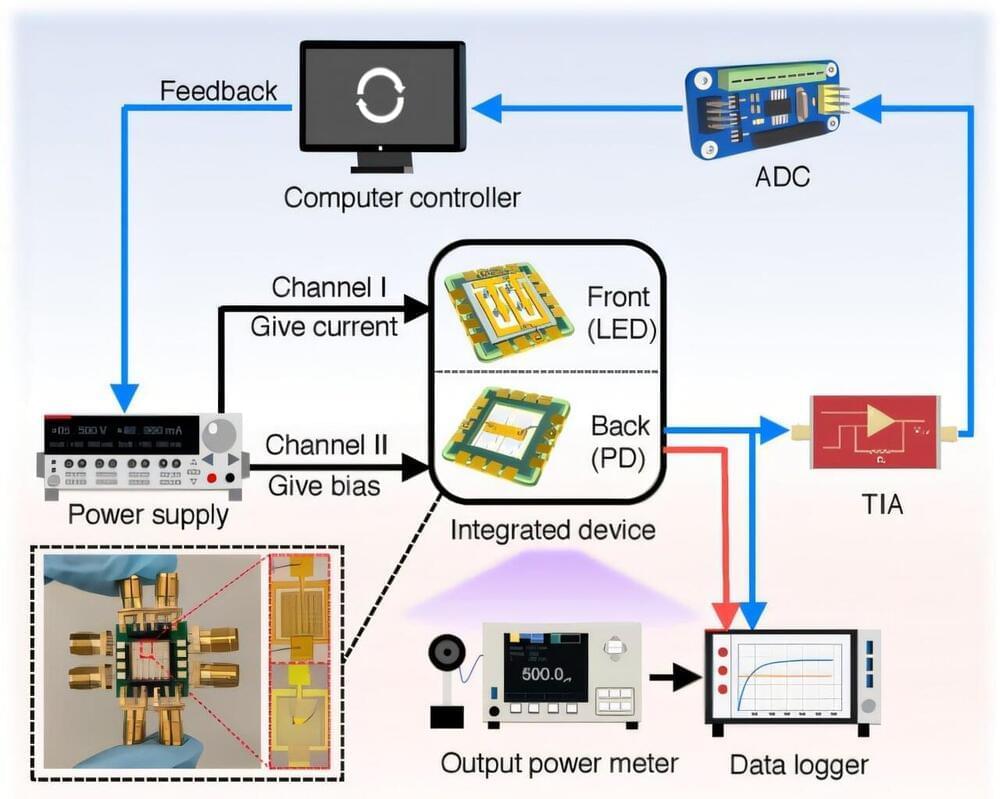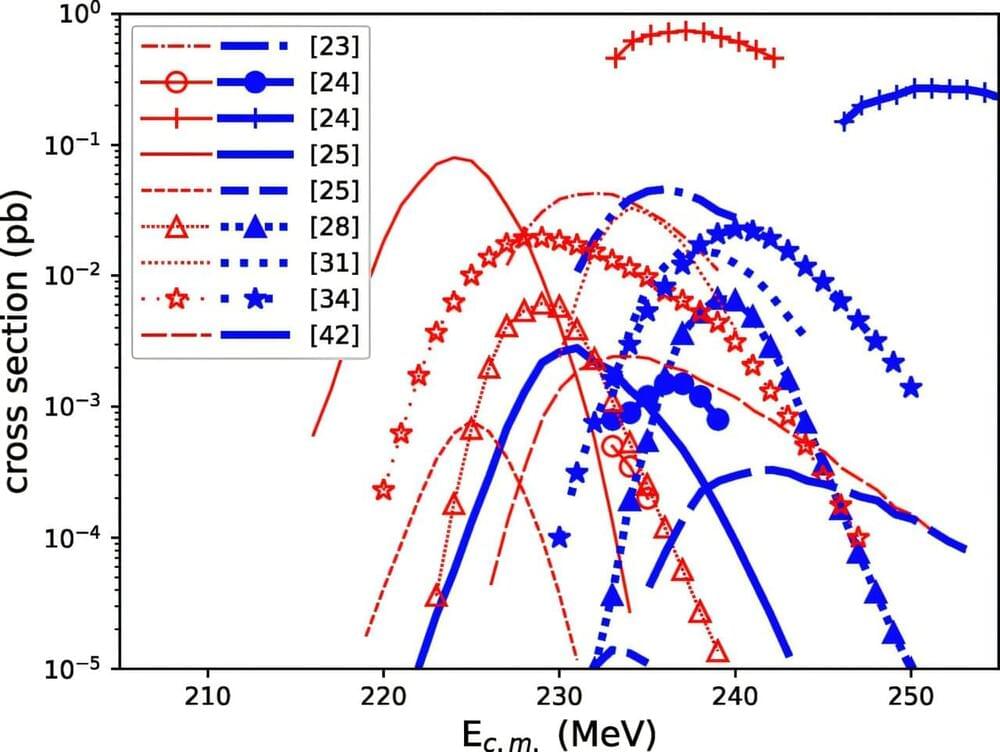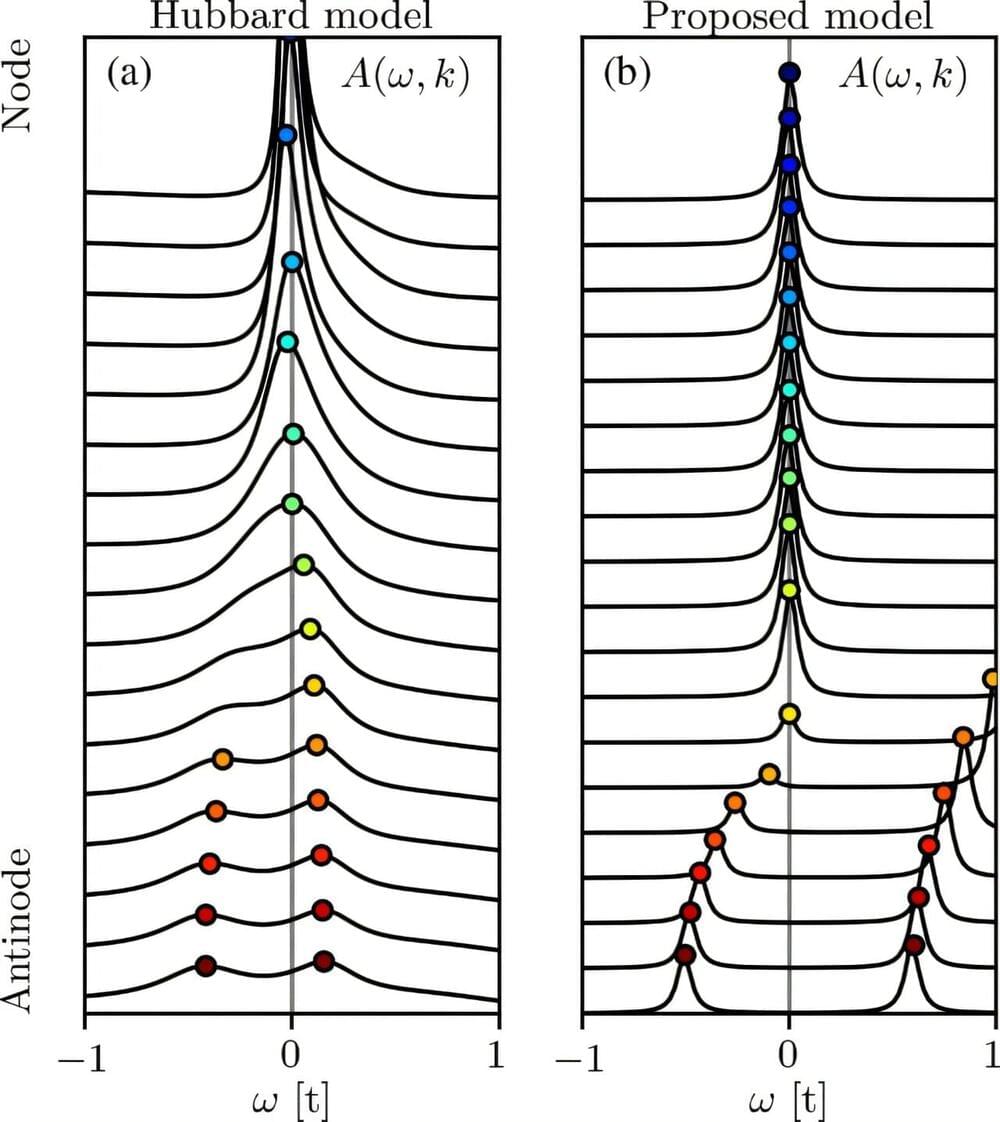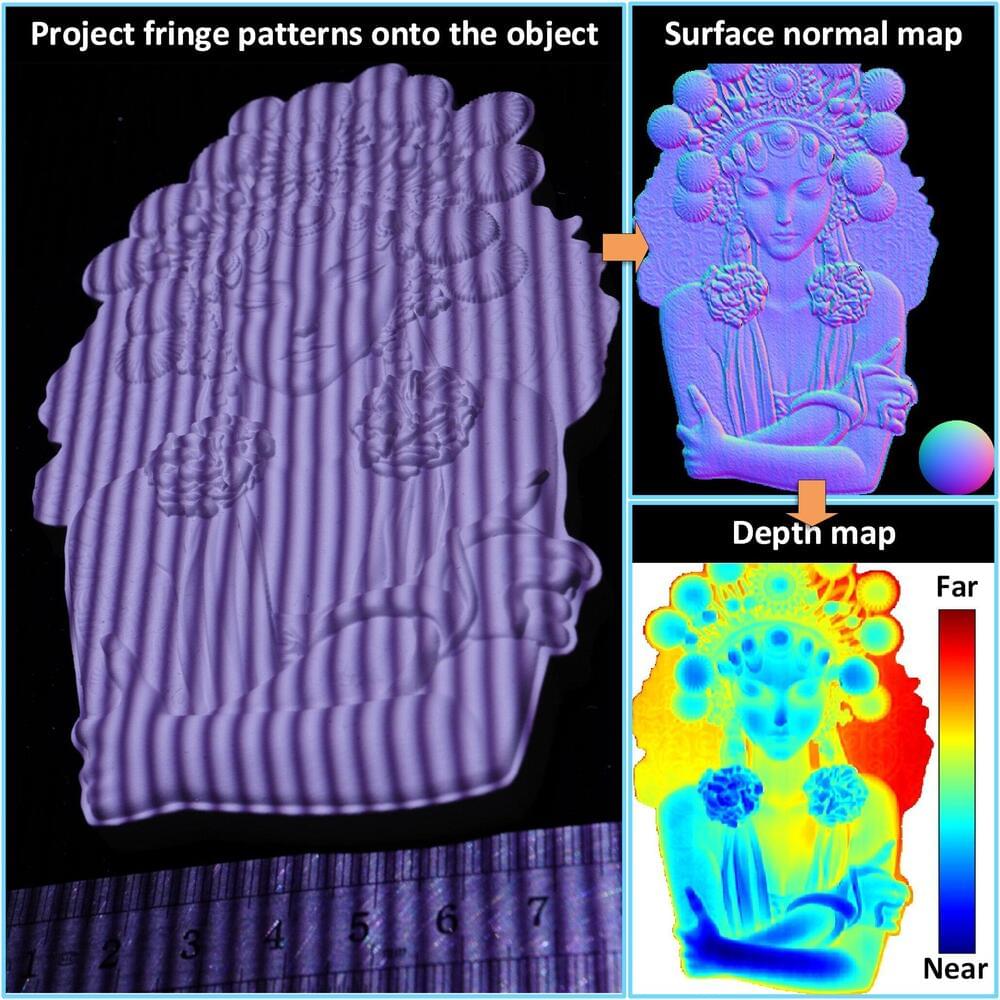UC Santa Barbara researchers discovered that single, vigorous exercise sessions, especially under 30 minutes, improve cognitive functions like memory and executive function. Future studies will explore whether combining physical activity with cognitive tasks yields even greater benefits.
Years of research on exercise have long supported the idea that consistent workouts over time lead to both physical and cognitive benefits. But what about short, intense bursts of exercise? A team of scientists at UC Santa Barbara has taken a closer look.
Their study was recently published in the journal Communications Psychology.

